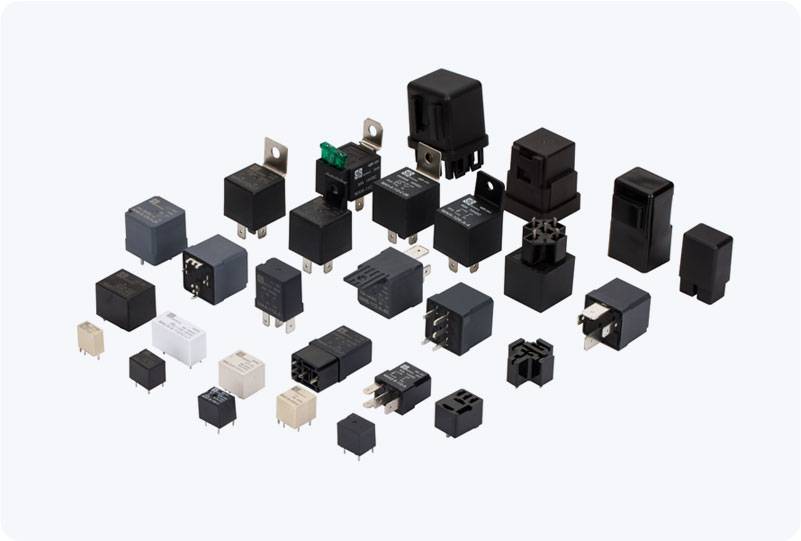A Motor Overload Relay is a critical component in protecting electric motors from the harmful effects of prolonged overloads. It is designed to prevent motor failure by automatically disconnecting the motor from the power supply when it experiences excessive current or temperature rise beyond a safe threshold. This safety feature plays an essential role in ensuring the longevity and efficiency of electric motors, which are commonly found in various industrial applications, such as pumps, compressors, and conveyors.

What is a Motor Overload Relay? A Motor Overload Relay is an electrical device used to safeguard motors against running in overload conditions. Typically installed in motor control circuits, it works by monitoring the motor’s current and temperature. The relay will trip and disconnect the motor from its power source if the current drawn by the motor exceeds a predefined limit for a specific time period. This action protects the motor from the potential damage caused by overheating, which could lead to failure or even fire hazards. The relay operates by detecting the heat generated by the excess current. Overload relays often use thermal sensors or bimetallic strips that bend or activate when the motor’s current exceeds the safe limit. Once the thermal threshold is reached, the relay opens the circuit, preventing further damage to the motor. In most cases, the relay can be manually reset after it trips, allowing the motor to resume operation once the overload condition is resolved.